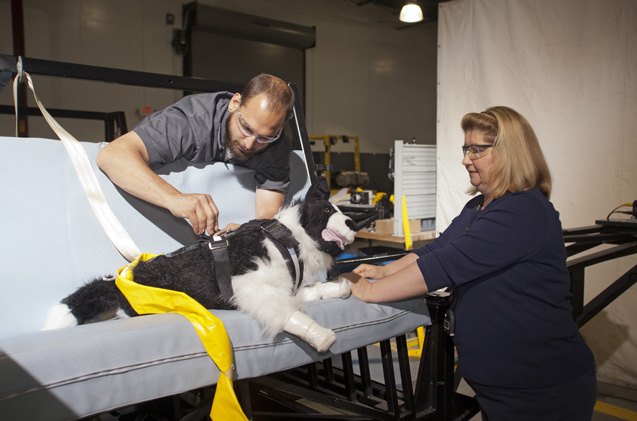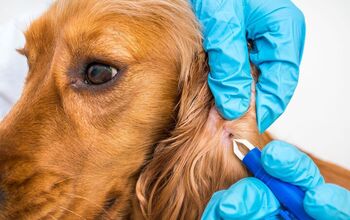New Study Shows That Many Pet Car Seat Safety Restraints Are Ineffecti

With new car safety products designed for dogs entering the market, it’s important to know which ones will stand up to the impact of a crash. And that’s why Subaru of America, Inc. and the Center for Pet Safety (CPS) joined forces in a collaborative study to test the effectiveness of pet harnesses marketed with safety claims.
This pet harness study was designed by CPS, a registered 501(c)(3) non-profit research and advocacy organization dedicated to companion animal and consumer safety. Using the same crash tests used to measure the effectiveness of child safety products, the study exposed serious flaws in many popular pet restraints products. And we’re not talking little flaws – these tests proved that crashes could result in catastrophic failure.
Although the test results showed just how unsafe many of these harnesses are, the good news is that the performance data will assist in the development of the first harness safety standard and test protocols that will serve as guidelines to the pet products industry. (Right now, there are no performance standards or test protocols in the U.S. for pet travel products.)
“Subaru and CPS share a common love for pets and safety, and it is our mission to communicate to pet owners that an effective harness should keep the pet in place to prevent distraction to the driver as well as offer measurable levels of protection to all passengers in the event of a crash,” said Lindsey Wolko, founder and CEO of the Center for Pet Safety. “I, like many people, consider my dog to be a part of my family, and dogs need to be secured with harnesses that have been tested for safety the same way car seats and seat belts that protect our family members have been tested, both for the pet’s safety as well as the safety of all passengers.”
Subaru and CPS enlisted MGA Research Corporation, an independent National Highway Traffic Safety Administration (NHTSA) contracted testing laboratory, to conduct rigorous crash testing on commonly available pet safety harnesses using realistic, specially designed crash test dogs. Testing was performed using multiple, specially designed crash test dogs developed by CPS, including a 25 lb. terrier mix, a 45 lb. border collie and a 75 lb. golden retriever. The dog models provided a realistic representation for testing purposes, similar to the testing conducted for human occupant safety.
But not all of the harnesses failed. At the top of the 2013 Top Performing Harness list is Sleepypod’s Clickit Utility Harness. It was the only harness that consistently kept a dog from launching off of the seat and the only restraint deemed to offer substantial protection to all passengers, including the dog, in the event of an accident.
Do you buckle up your dog when you go for a ride? What type of harness do you use? And if you’re planning a road trip with your pooch, we’ve got some great tips to keep everyone in the car safe?

Amy Tokic, Editor of PetGuide.com, is a passionate animal lover and proud pet parent of Oscar, a Shih Tzu/Chihuahua cross, and Zed, a Japanese Chin. Her love of animals began in kindergarten, when she brought her stuffed dog Snoopy into class with her every day. Now, she writes about her adventures in pet ownership and tirelessly researches products, news and health related issues she can share with other animal enthusiasts. In her free time, Amy loves perusing used book and record stores, obsessing over the latest pet products available and chasing squirrels with wild abandon (a habit attributed to spending too much time with her pooches).
More by Amy Tokic























